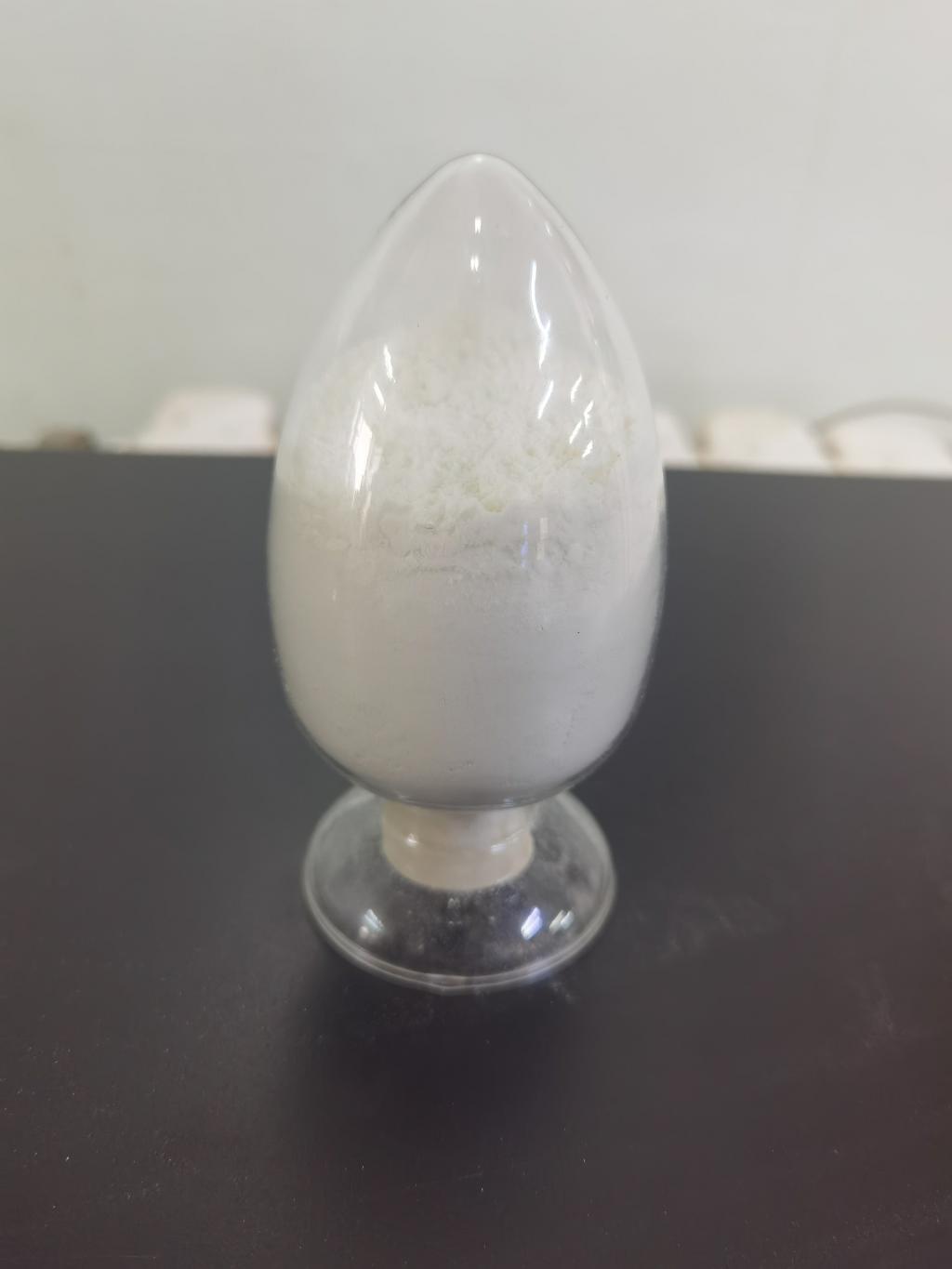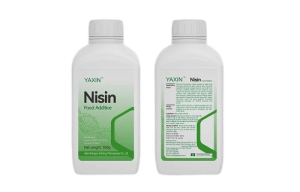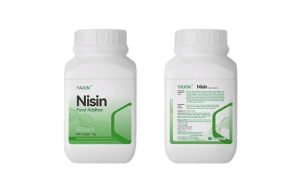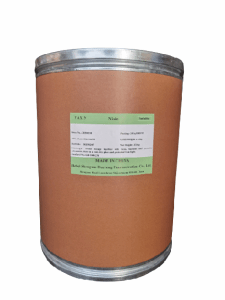Tel:+8618231198596

News
 CONTACT
CONTACT
 CONTACT
CONTACT
- Linkman:Linda Yao
- Tel: +8618231198596
- Email:linda.yao@dcpharma.cn
- Linkman:CHARLES.WANG
- Department:Overseas
- Tel: 0086 0311-85537378 0086 0311-85539701
News
Investigating the stability of ε-Polylysine hydrochloride in different food matrices.
TIME:2024-10-14
Stability Factors in Food Matrices
pH Level:
The pH of the food matrix is a critical factor affecting the stability of ε-PL. It is most effective in slightly acidic to neutral conditions (pH 4.0-7.0). At lower pH levels, ε-PL may become less stable due to protonation, which can reduce its solubility and antimicrobial activity. Conversely, at higher pH levels, ε-PL can undergo deamination, leading to a loss of activity.
For foods with a high pH, such as certain dairy products or alkaline beverages, the stability of ε-PL may be compromised. In these cases, formulating the product to maintain a more optimal pH range or using encapsulation techniques can help preserve ε-PL's functionality.
Temperature:
Temperature plays a significant role in the stability of ε-PL. While it is generally heat-stable, prolonged exposure to high temperatures, such as those encountered during pasteurization or sterilization, can lead to degradation. The thermal stability of ε-PL can vary depending on the presence of other food components, such as proteins and lipids, which can interact with and protect the peptide.
To ensure the stability of ε-PL in heat-processed foods, it may be necessary to add the preservative after the heating step or to use protective coatings or encapsulation methods to shield it from excessive heat.
Water Activity (aw):
Water activity is another key parameter that influences the stability and activity of ε-PL. In foods with high water activity, such as fresh produce or meat, ε-PL remains highly active. However, in foods with low water activity, such as dried fruits or cereals, the mobility of ε-PL is reduced, which can limit its interaction with microorganisms.
Formulations that maintain an appropriate water activity or the use of humectants can help to keep ε-PL in a functional state within low aw food matrices.
Protein and Lipid Content:
The presence of proteins and lipids in the food matrix can have both positive and negative effects on ε-PL stability. Proteins can form complexes with ε-PL, potentially reducing its availability and activity. On the other hand, lipids can provide a protective environment that enhances the stability of ε-PL, especially under high-temperature conditions.
Understanding the interactions between ε-PL and the protein and lipid content of the food is essential for optimizing its stability and effectiveness.
Presence of Other Additives:
The addition of other preservatives, antioxidants, or processing aids can influence the stability of ε-PL. Some additives, such as sodium chloride, can enhance the antimicrobial activity of ε-PL, while others, like certain organic acids, may compete with ε-PL for binding sites on microbial cell membranes, potentially reducing its effectiveness.
Synergistic effects between ε-PL and other natural preservatives, such as nisin or organic acids, can be exploited to achieve better overall preservation without compromising the stability of ε-PL.
Strategies to Enhance Stability
Encapsulation Techniques:
Encapsulating ε-PL in biocompatible materials, such as liposomes, alginate, or chitosan, can protect it from environmental stresses, such as pH changes and temperature fluctuations. Encapsulation also allows for controlled release, ensuring that ε-PL remains available and active over a longer period.
Coating Applications:
Applying ε-PL as a coating or film on the surface of food products can create a barrier that prevents the ingress of microorganisms while maintaining the stability of the preservative. This approach is particularly useful for fresh produce and meat products.
Formulation Adjustments:
Adjusting the formulation of the food product, such as by modifying the pH, adding humectants, or incorporating stabilizers, can help to create a more favorable environment for ε-PL. These adjustments can be made to balance the stability of ε-PL with the desired sensory and functional properties of the food.
Post-Processing Addition:
Adding ε-PL after the main processing steps, such as cooking or pasteurization, can prevent it from being exposed to conditions that might degrade its structure. This method is often used in ready-to-eat meals and other heat-processed products.
Conclusion
The stability of ε-polylysine hydrochloride in different food matrices is a complex issue that depends on a variety of factors, including pH, temperature, water activity, and the presence of other food components. By understanding these factors and employing strategies such as encapsulation, coating applications, and formulation adjustments, it is possible to enhance the stability and effectiveness of ε-PL. As research continues to uncover new insights into the behavior of ε-PL in diverse food systems, the potential for this natural preservative to contribute to the reduction of food spoilage and the extension of shelf life will only continue to grow.
- Tel:+8618231198596
- Whatsapp:18231198596
- Chat With Skype







